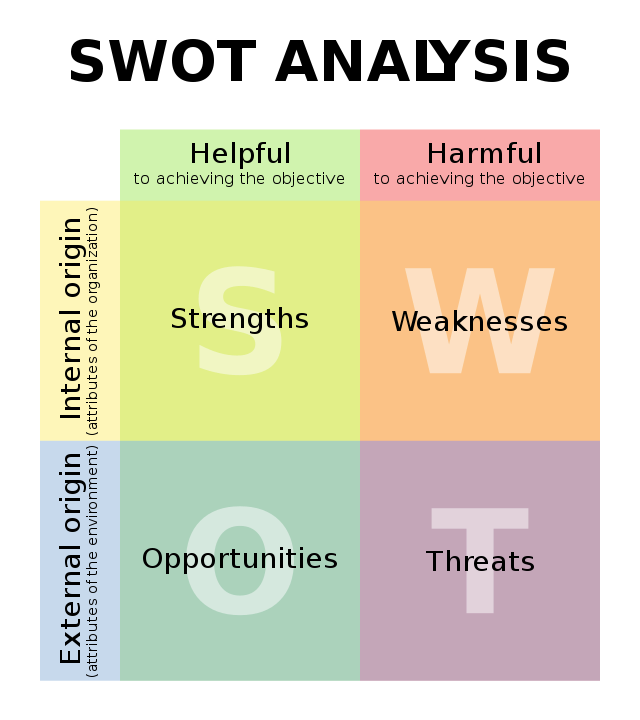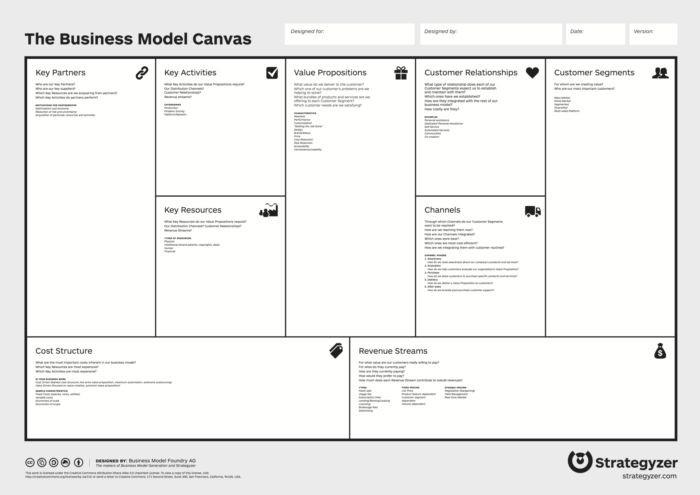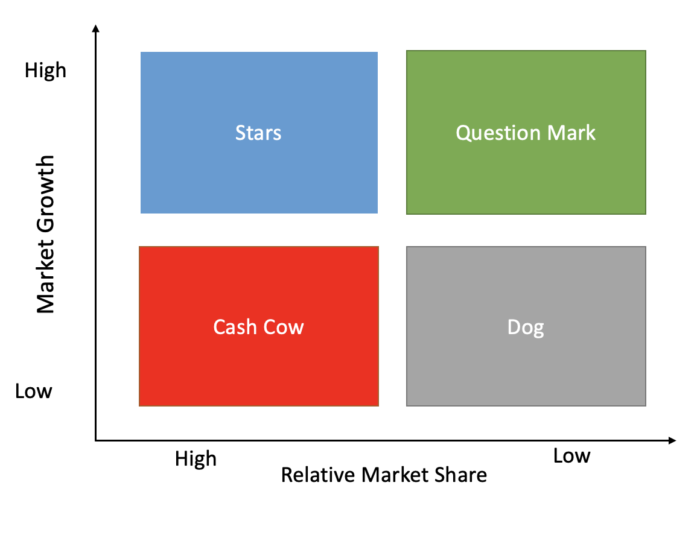When it comes to digital marketing, competitor analysis is one of the key ways to benchmark your operations. Competition fosters growth and the drive to succeed while giving us goals to strive towards. Understanding the market and everyone’s place within it is crucial to making your next move.
Competitor analysis is simple as an idea but complex in practice. It allows you to identify the gaps and SWOTs in your competitors and market so you can adjust accordingly. It also involves putting your strategy and operations in the context of the competitors to best tackle new trends and potential areas of interest.
Competitor analyses can vary in terms of how much depth they go into. Strategic planning requires a deeper understanding as it deals with larger timescales. Shorter analyses, on the other hand, are used for keeping track of short-term trends relating to quickfire operational planning.
Advantages of a Competitor Analysis
A market is, by its nature, a competitive landscape. If you aren’t considering competitors’ actions and adjusting, you will be left behind. Competitor analysis can provide many benefits on this front:
- Benchmarking: Aside from learning from your peers, you can also benchmark your operations and put them in the context of the market. This can also help you understand wallet share vs market share i.e., how much a single consumer spends on a product vs how much of the market a company takes up
- Provides strategy guidance: Once you know what your competitors are doing, you can decide how to fill the gaps or needs they can’t, allowing you to carve out your own USP or niche in the process
- Allows for a better understanding of the market: Are your competitors direct, indirect, or substitutive? Understanding your product in relation to others can help decide which strategies you should use to deal with different types of competitors
- Determine future trends: Look to your competitors’ research and announcements to see what’s coming. Competitor analysis is a crucial part of market forecasting
- Learn from competitors’ mistakes: Want to know how well a product or service launch will go? Learn from the mistakes of others or their customer’s complaints and do better
- The end goal of a competitor analysis is to achieve perceptual, utility, or function product differentiation, which means that you want to set your product apart in terms of how it’s perceived and/or how it resolves a customer’s needs
Steps in a Comprehensive Competitor Analysis

A full understanding of your competitors requires many different aspects. Here’s a handy competitor analysis checklist to cover all the corners:
- Analyze the market for competitors: Identity who your competitors are
- Analyze their product portfolios: Determine what they offer and which niches their products fill
- Competitive price analysis: Find out how they price their products and what strategies they use to build demand using deals, discounts, and offers
- Competitive marketing analysis: Analyze how your competitors market their products
- Competitive content analysis: Take note of your competition’s content strategy and uncover the level of engagement for your competitors’ content
- Competitor processes analysis: learn what technologies they use, what processes they have, and how they implement them
- Communications analysis: Once you understand their product, it’s important to know how they approach social media, communication strategies, and what platforms they dominate
- Competitor SWOT Analysis: Perform a SWOT Analysis to learn their strengths, weaknesses, opportunities, and threats
Types of Competitor Analysis Frameworks
Once you know the various steps in competitor analysis, you need to know all the various ways one can conduct the process. Marketers and business theorists have come up with a variety of different frameworks and models that can help gather information and put it in perspective.
SWOT Analysis
What can one say about the SWOT analysis that hasn’t been said already? It’s a time-tested tool most will be familiar with comprising four quadrants and 2 dimensions (Internal vs. External and potential Pros vs Cons).

Its simplicity is its greatest asset, allowing you to map your strengths and weaknesses against the market’s opportunities and threats. In a competitive context, it can be used for a TOWS matrix to judge if your internal strengths can offset threats your competitors pose. Simultaneously, it will allow you to identify which competitive threats will be the most harmful to your weaknesses.
Business Model Canvas
A very thorough means of determining the competitor’s business ecosystem. It helps break down almost every link in the competitor’s business operations.

As the figure above shows, a business model canvas (or Ostervalder model) identifies:
- Key Partners
- Activities
- Resources
- Value Propositions
- Customer Relationships
- Channels
- Customer Segments
- Cost Structure
- Revenue Streams
Growth-Share Matrix
The growth matrix takes the form of a sales performance analysis when used in a competitive context. It allows users to compare their product portfolio and/or a competitor’s to identify strategies in dealing with the market.

The Growth-Share matrix (or Boston Consulting Group Matrix) comes with its own set of strategy prescriptions. The Stars and Cash Cows need to be kept going, Question Marks need to be further analyzed and given room to grow, while Dogs should be put to rest.
From here, companies can determine whether they need to maintain their current strategy or look for a means of engaging in differentiation positioning. Differentiation positioning requires a product to counter the attributes of its competitors and carve out a niche.
Competitor Gap Analysis in Content Marketing
A competitor or competitive gap analysis is a great way of putting your company in the context of the competition to identify gaps in search engines.
- Use a content analysis tool to export all the keywords your competition ranks in
- The only rows you need to pay attention to are Keyword, Ranking, Search Volume, and URL
- Rearrange the list to emphasize URLs to find the content that is ranking high in terms of KWs
- Examine the content and URLs to determine the topics that are being written about, especially with heading tags
- Analyze the keywords for each URL which is ranking within the top 20-50 SERPs so you can find the keywords to add to your articles
- Organize the keywords for each URL by search volume as well as long-tail keywords to include in your article
- Utilize a keyword research tool to find additional keywords pertaining to the topic that can be used to expand on the competitor’s article
- Using the keywords, you can tailor an article that exceeds your competitor’s work
- Repeat the process for other competitors
Tools for Analyzing Competition Pricing & Content
Once you know what type of analysis you need most, it can be important to collect and organize the data. There are a number of tools that can help with your competitor pricing analysis with different benefits and focuses:
- Luminate Market Price: Market price monitor Platform
- Prisync: Competitor Price monitoring platform
- PROS: Cloud solutions that accelerate sales and provide pricing strategies
In terms of content, Google Analytics is great for setting benchmarks and analyzing traffic. Once you’ve identified your competitor’s prominent channels, tools like SEMrush and Ahrefs can help analyze content, monitor SEO, perform PPC competitor analysis, and provide ideas for your own channels.
If your business is looking for competitor analysis consulting, you’re in the right place. Check out our services for more information.


